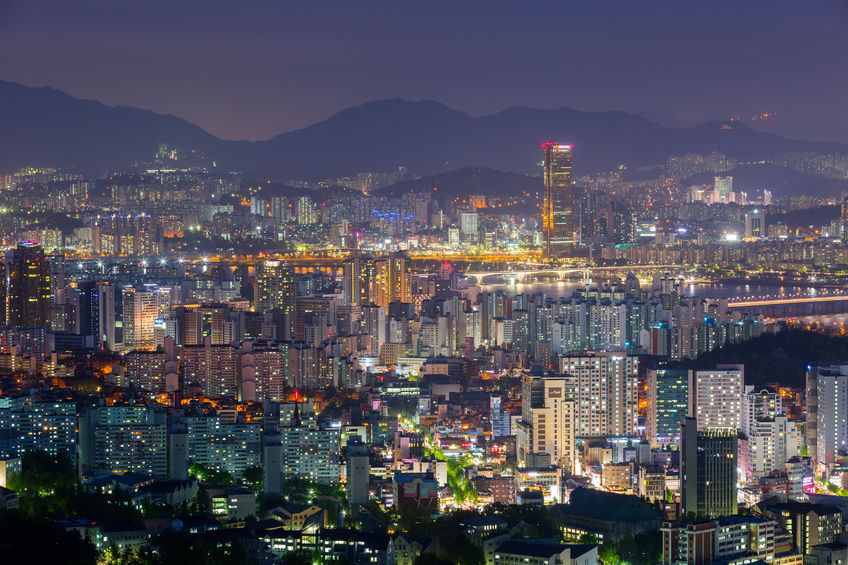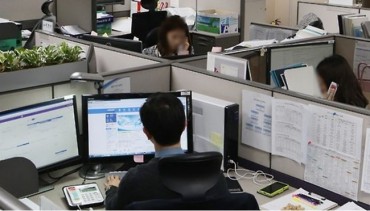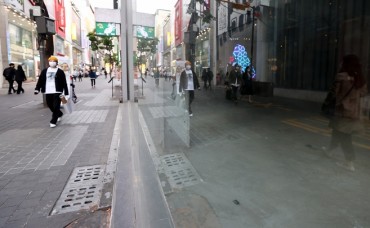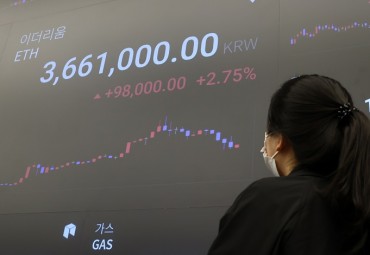
Outward expansion of South Korea’s research and development (R&D) has not led to meaningful improvements in productivity, raising the need to boost the effectiveness of related investments, official data showed Monday. (Image : Kobizmedia / Korea Bizwire)
SEOUL, Oct. 13 (Korea Bizwire) – Outward expansion of South Korea’s research and development (R&D) has not led to meaningful improvements in productivity, raising the need to boost the effectiveness of related investments, official data showed Monday.
Asia’s fourth-largest economy ranked No. 6 in R&D investment in 2013, but it still suffered from a chronic deficit in the technology trade, with the quality of materials being produced lagging behind those of its rivals, according to the National Assembly Research Service (NARS), state data and government officials.
“There is a lack of a coherent strategy in regards to R&D and in some cases discrepancies between the direction of research support and where money is actually being used,” NARS said. “This is hurting the effectiveness of investments.”
In 2013, South Korea allocated US$54.16 billion for R&D, placing it behind the United States, Japan, China, Germany and France. The total includes both state and private sector funds.
The U.S. reported spending $453.4 billion, while Japan and China spent $199.1 billion and $163.1 billion, respectively. Fifth-ranked France spent $58.9 billion in the one-year period.
Official data also showed that in terms of R&D spending compared to the gross domestic product (GDP), South Korea ranked No. 1 for the second year in a row in 2013 among the Organization for Economic Cooperation and Development member countries. The country’s R&D was equal to 4.15 percent of the GDP, much higher than the 2.3 percent reported for 1997.
Besides the amount of money spent, the total number of researchers in South Korea was the sixth largest in the world, standing at over 410,300 of which 321,800 work full-time.
“For every 1,000 economically active people in the country, 12.4 were researchers and scientists, while for every 1,000 South Koreans, this number stood at 6.4, which is higher than countries like Japan, France, Germany, the United States and Britain,” the research arm of the nation’s parliament said.
Official data showed that the total number of patent applications in the U.S. by South Korean nationals and its businesses surged from 8,977 in 2009 to 14,873 in 2013, a clear sign of growth.
Despite such external gains, the average times that papers written by South Korean researchers were used as references in other works from 2009 through 2013 stood at 4.55, placing it 32nd out of 50 countries checked. Numbers for Swiss papers reached 9.48.
Another indication of the country’s weakness can be found in the trade deficit in the technology field, which has actually worsened over the years.
In 2008, the balance of trade in this field was in the red by $3.14 billion, but it surged to $5.74 billion in 2012.
Among OECD members, South Korea has the largest technology trade deficit, and this has been going on since 2003, when the Paris-based organization started to keep track.
“To some extent, the deficit is natural since South Korean companies often license technology to make more value-added products for export,” a government official said.
He, however, added that change is needed to reduce this kind of dependence on foreign technology if the country is to boost its global competitiveness.
This view was echoed in a paper published by the OECD last year, which argued the country’s R&D productivity remained weak.
“There are problems with how R&D policy is set and a general lack of following up to translate research into products,” it said.
NARS, meanwhile, claimed that the government can speed up change by switching its R&D support from giving money to ministries and agencies to individual projects.
(Yonhap)






